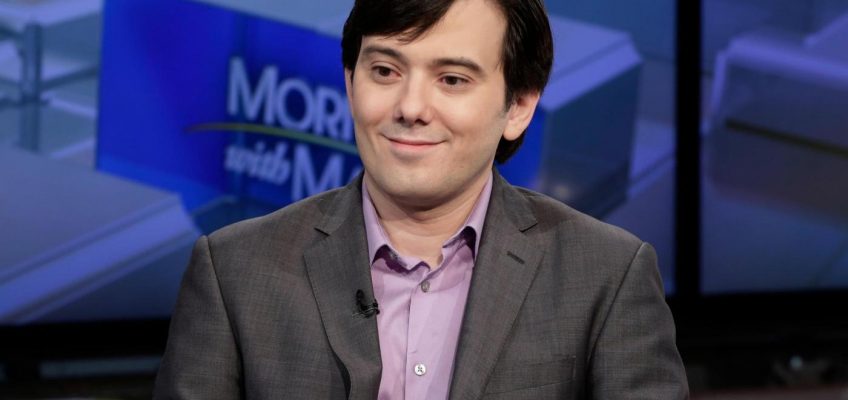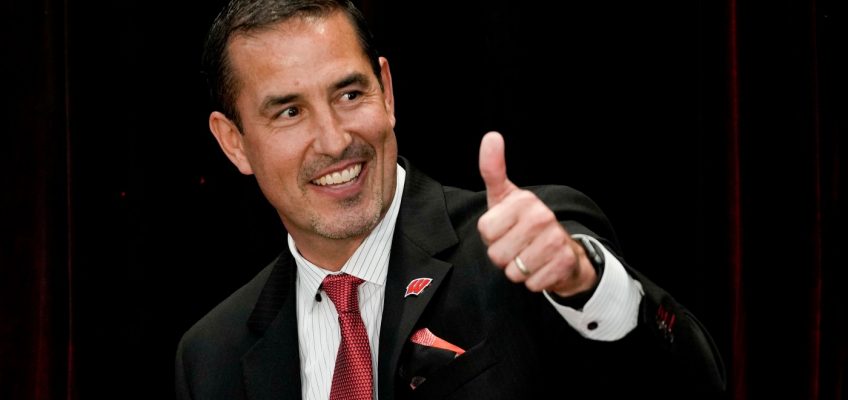An early season, seven-game stretch featuring four losses served as a wakeup call for Lakeville North in the midst of what junior attacker Blake Piscitiello called a “championship slump.”
It can be difficult to maintain an edge as the defending champ. But nothing re-lights the flame like defeat.
“After a couple losses? Yeah,” Piscitiello said. “It was not fun practices, it was annoying practices. … We had to get back to, ‘We’re the hungry guys again. We’re coming for business.’ It’s gotten better.”
The Panthers won their eighth straight game Tuesday, a 17-3 state quarterfinal victory over Moorhead at Eden Prairie High School. Third-seeded Lakeville North will meet second-seeded Stillwater in the semifinals Thursday at 3 p.m. at Chaska High School.
There was never any panic within the team that Lakeville North wouldn’t be at this point. Those four losses came by a total of six goals, and all came against fellow premier programs.
“We scheduled as hard as we could,” Panthers coach Matt Stonestrom said. “We knew we had experience, so there was no benefit in playing anybody other than the best teams we could find.”
If anything, the difficult schedule did Lakeville North a favor, identifying shortcomings that needed addressing. Most of those resided on the offensive end.
“Yeah, in game, you could kind of see things, and then it becomes quite clear in film. It was one of those things. I wouldn’t necessarily call us selfish in spots, but we probably tried to own the moment too much and forced it,” Stonestrom said. “So we saw a lot of places where guys were open or available, and a lot of little things – a couple yards here or there – that could kind of help us. I think that helped big time for us.”
The Panthers’ offense has logged double-digit goals in all eight victories amid their current streak. On Tuesday – after unseeded Moorhead (13-4) struck first to go up 1-0 – Lakeville North (13-4) potted five goals in the first, two of which came from midfielder/face-off extraordinaire Quinn Power, followed by two from Piscitiello.
Blake Piscitiello led the way with six goals Tuesday, while Power and Carson Piscitiello each scored four goals and Jackson Whalen tacked on three of his own. Fifteen of the 17 goals were assisted.
The offense was humming.
“I think we’ve gotten more trust in the guys next to us, so the ball is moving more freely. You see today, we just were able to share it really well,” Stonestrom said. “Everybody is playing with a lot of confidence, so that’s huge.”
“We had some new guys come into the system. After awhile, they caught up and it was just business as usual, North-brand lacrosse,” Piscitiello said. “Now we’re rolling.”
Related Articles
East Metro Girls Lacrosse Player of the Year: Lakeville South’s Tori Tschida
East Metro Boys Lacrosse Player of the Year: Eagan’s Sam Simon




